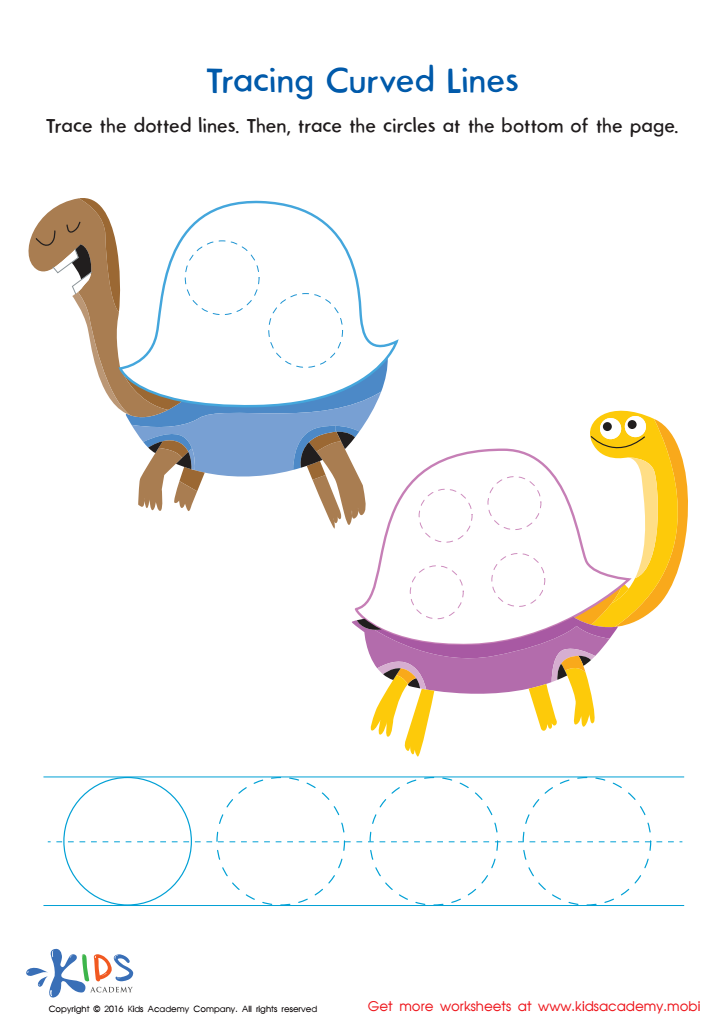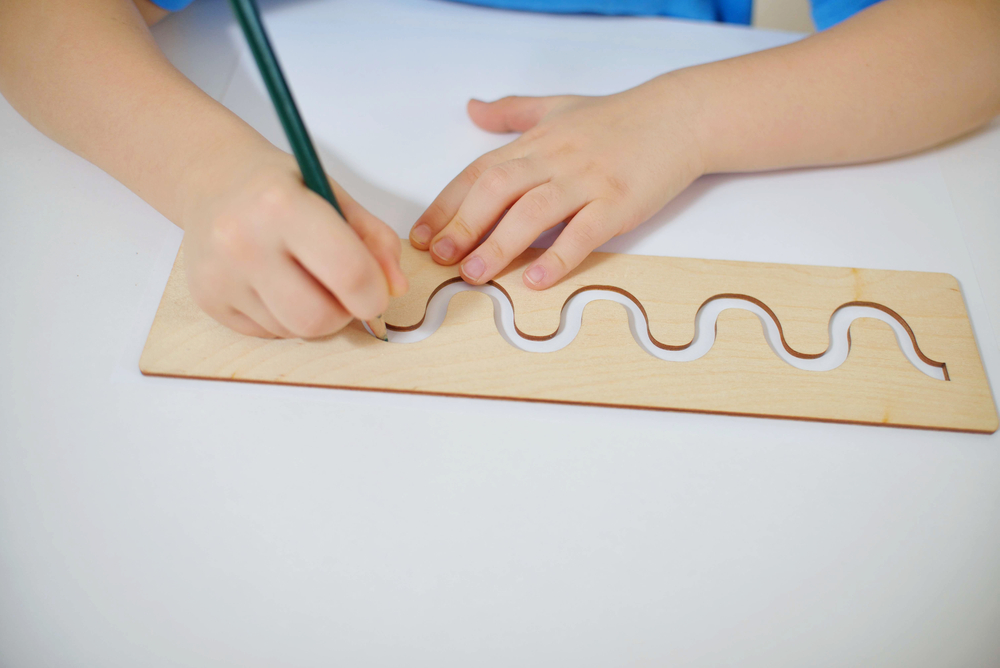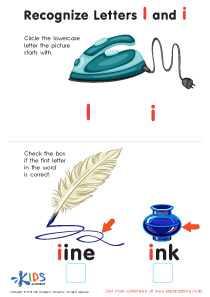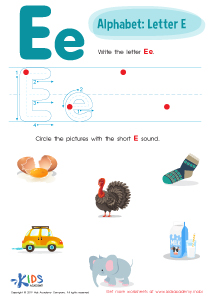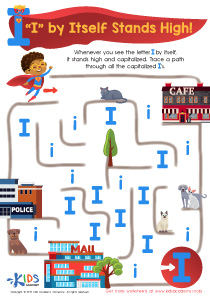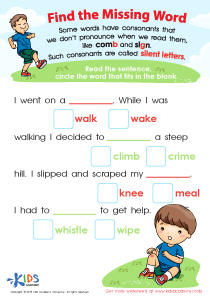Normal Tracing Lines and Curves Worksheets for Ages 4-6
5 filtered results
-
From - To
Our "Normal Tracing Lines and Curves Worksheets for Ages 4-6" are designed to help young children develop their fine motor skills and handwriting abilities. These fun and engaging worksheets encourage children to practice tracing various lines and curves, foundational for writing letters and numbers. Perfect for preschool and kindergarten students, these activities also stimulate cognitive development and hand-eye coordination. Visit Kids Academy to explore a range of printable tracing worksheets tailored to guide your child’s learning journey, making education enjoyable and effective. Prepare your child for successful writing with our expertly designed tracing resources!
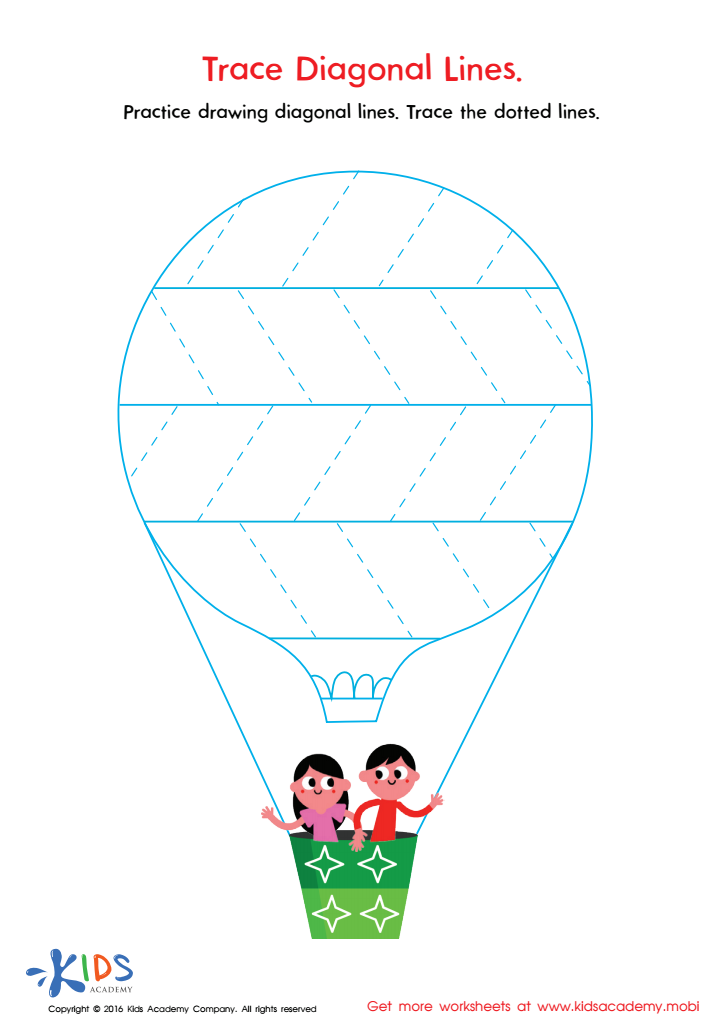

Trace Diagonal Lines Worksheet
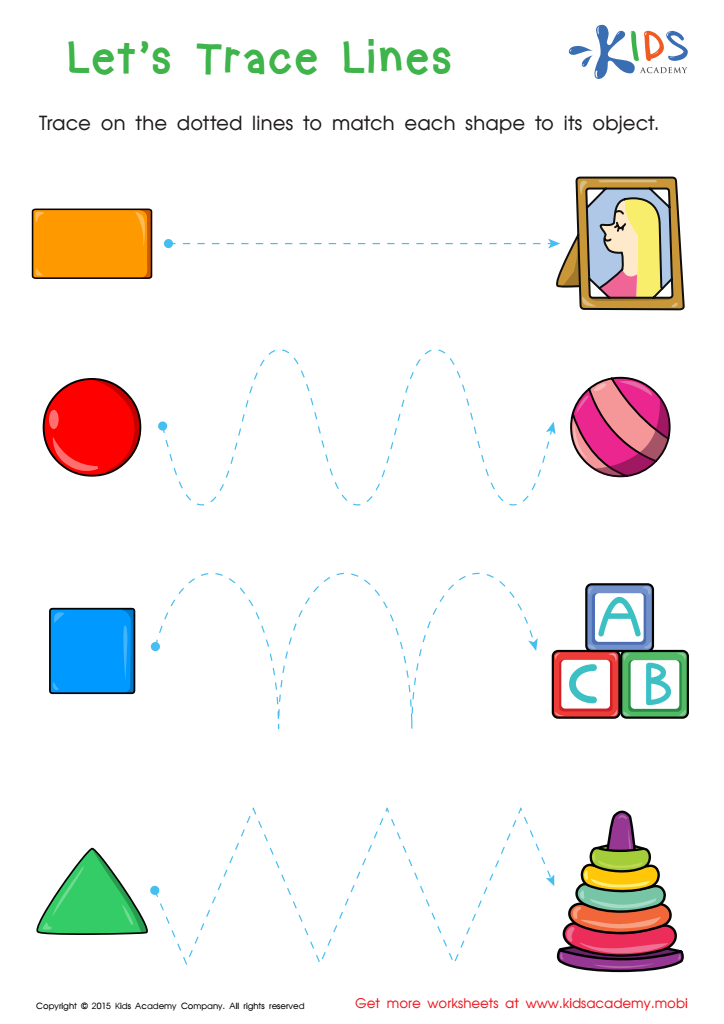

First Words: Let's Trace Lines Worksheet
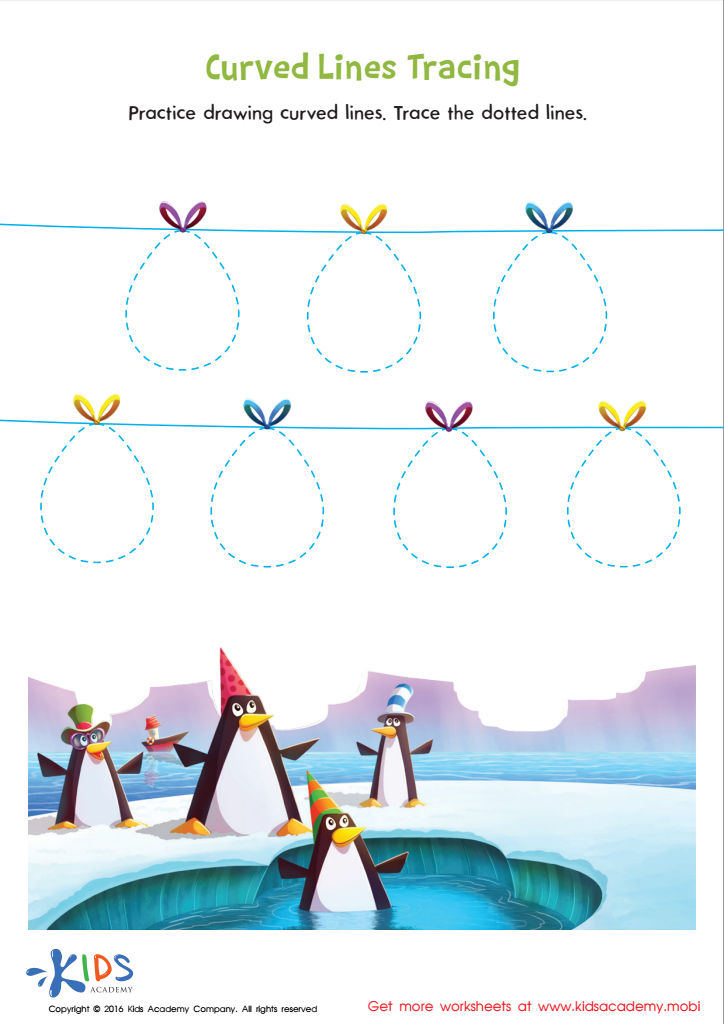

Curved Lines Tracing Worksheet
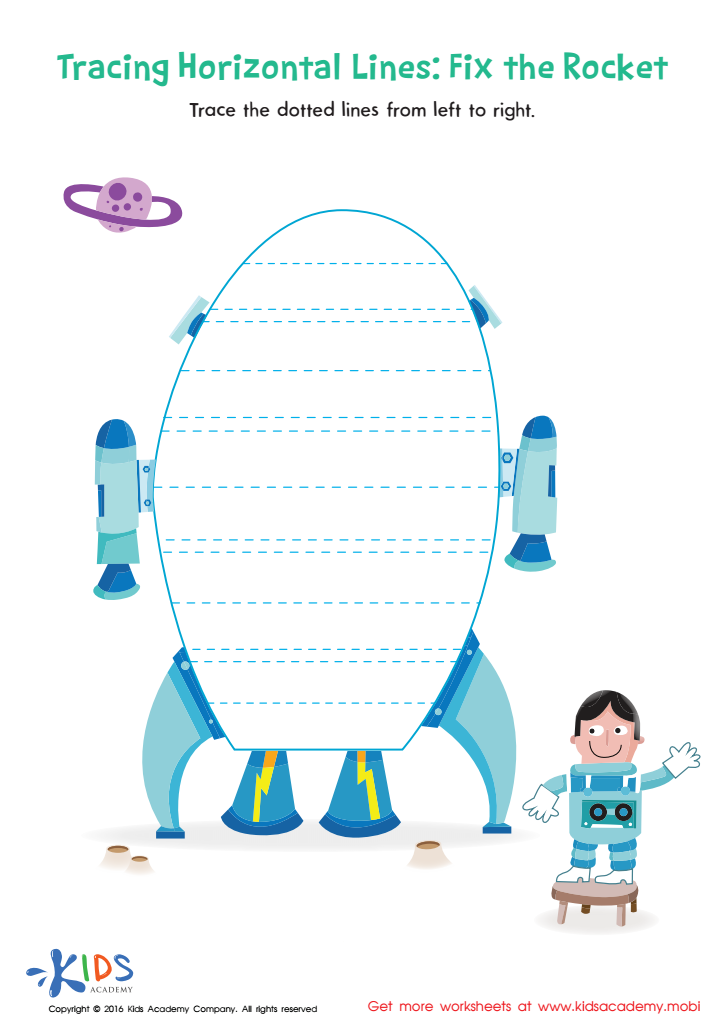

Tracing Horizontal Lines Worksheet
Understanding and mastering normal tracing lines and curves is crucial for young children aged 4-6 because it serves as the foundational step into the world of writing. At this age, children’s fine motor skills and hand-eye coordination are still developing. Activities focused on tracing lines and curves help refine these motor skills, providing children with the control they need to write letters and numbers correctly.
From a cognitive perspective, tracing helps children learn directionality and spatial awareness. They begin to understand concepts like left-to-right progression, which is essential not just for writing but also for reading. These early skills play a significant role in a child’s academic success, as proficient writing skills are linked to effective communication and higher-order thinking.
Emotionally, tracing activities can build a child's confidence. As children move from scribbling to forming recognizable shapes and letters, they gain a sense of accomplishment and are more likely to enjoy learning activities.
Lastly, from a practical viewpoint, tracing prepares children for daily tasks that require fine motor skills, such as dressing themselves and using utensils while eating.
In summary, helping children master tracing lines and curves has multiple benefits that extend beyond writing, impacting their overall developmental milestones and foster a lifelong love for learning.
 Assign to My Students
Assign to My Students
